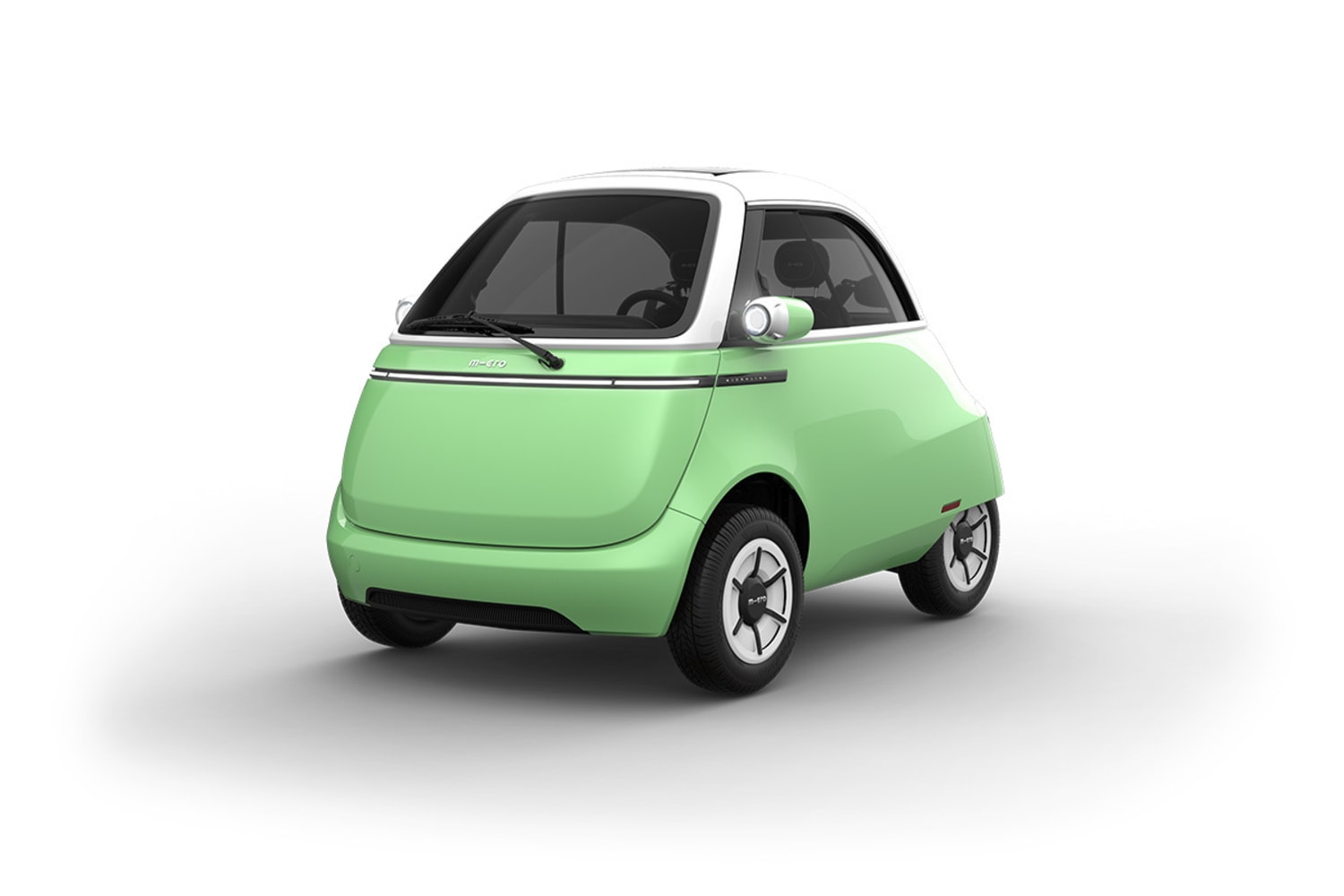“The…role of these electric mini cars is quite limited, less than even smaller electric two-wheelers,” says Connelly. “However, there are clearly some benefits of the mini cars in dense urban settings and so it’s unclear what longer term role they might play. Certainly, choosing an electric mini-car over a larger vehicle has cost and sustainability benefits – they require less energy and less battery materials, however they can’t offer the same functionality or comfort in terms of longer trips.”
Indeed, even though these tiny vehicles’ profile is growing, this is against a backdrop in which their motoring opposite, SUVs, surpassed a 50% market share in advanced economies in 2023, the IEA reports, with only 5% of SUVs currently on the road electric. SUVs’ appeal as a “status symbol” is cited by the IEA as one of the drivers behind the trend. And their environmental impact is significant, with the IEA noting that “if SUVs were a country, they would be the world’s fifth largest emitter of CO2.”
Connelly at the IEA adds that “based on today’s trend towards SUVs – both conventional and electric – it’s likely some policy intervention would be required to significantly shift consumer demand from larger cars and SUVs towards these mini-cars.”
It seems that while tiny EVs no doubt score on convenience and lack of emissions, in order to challenge the current dominance of larger vehicles, there’s some way to go for consumers’ perception of what they want from a car – and what a car means to them - to change.




